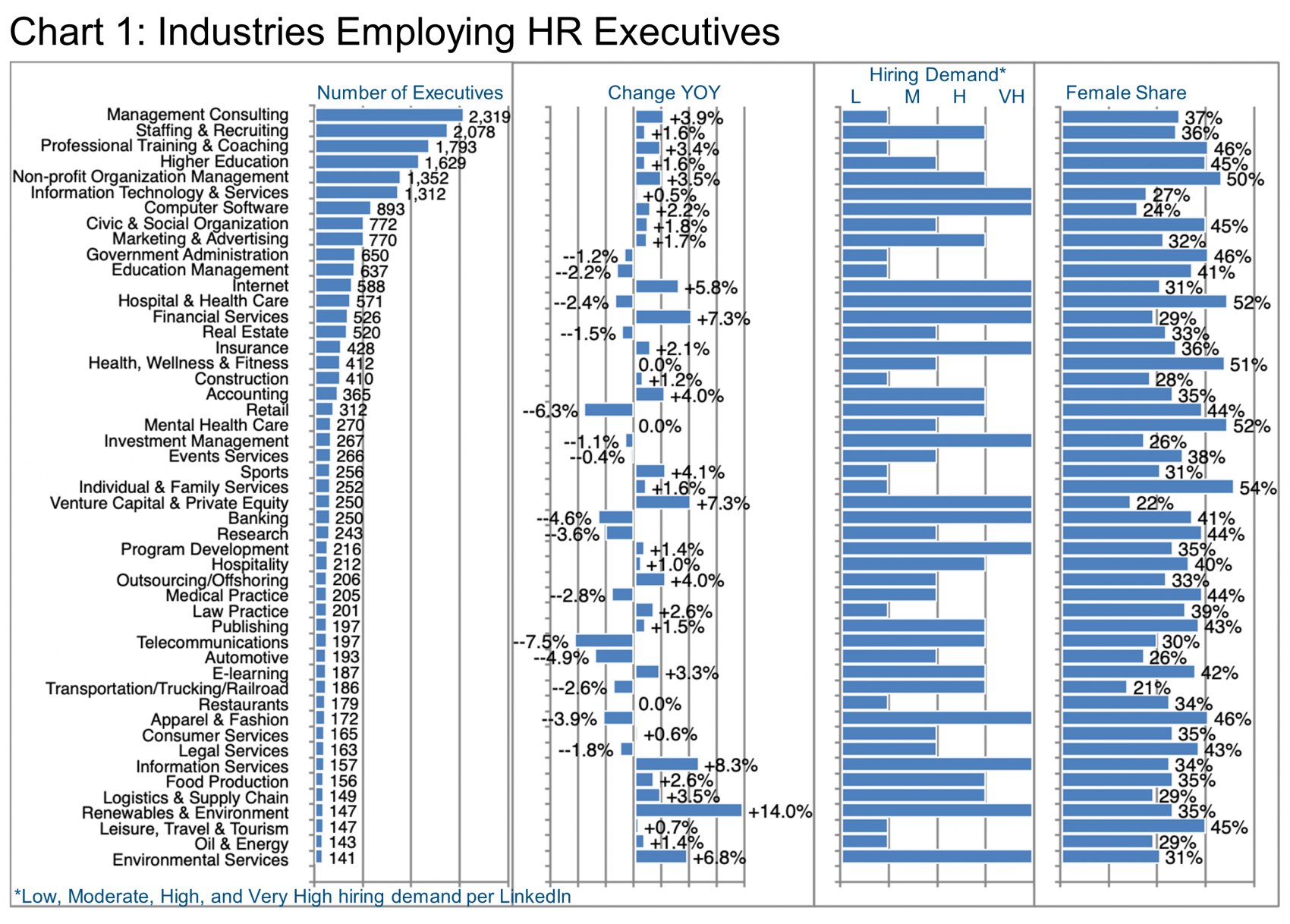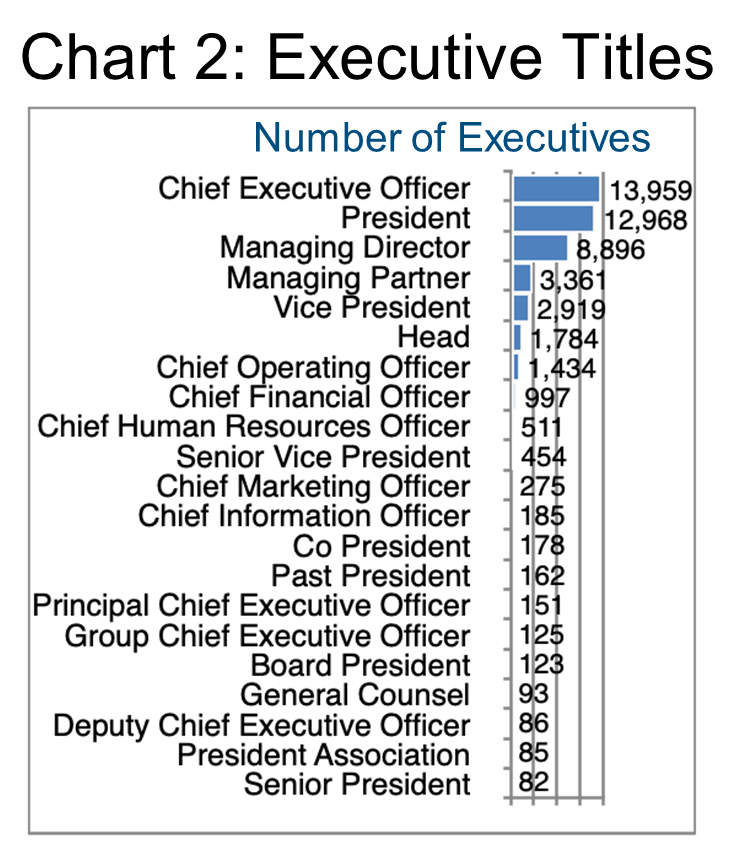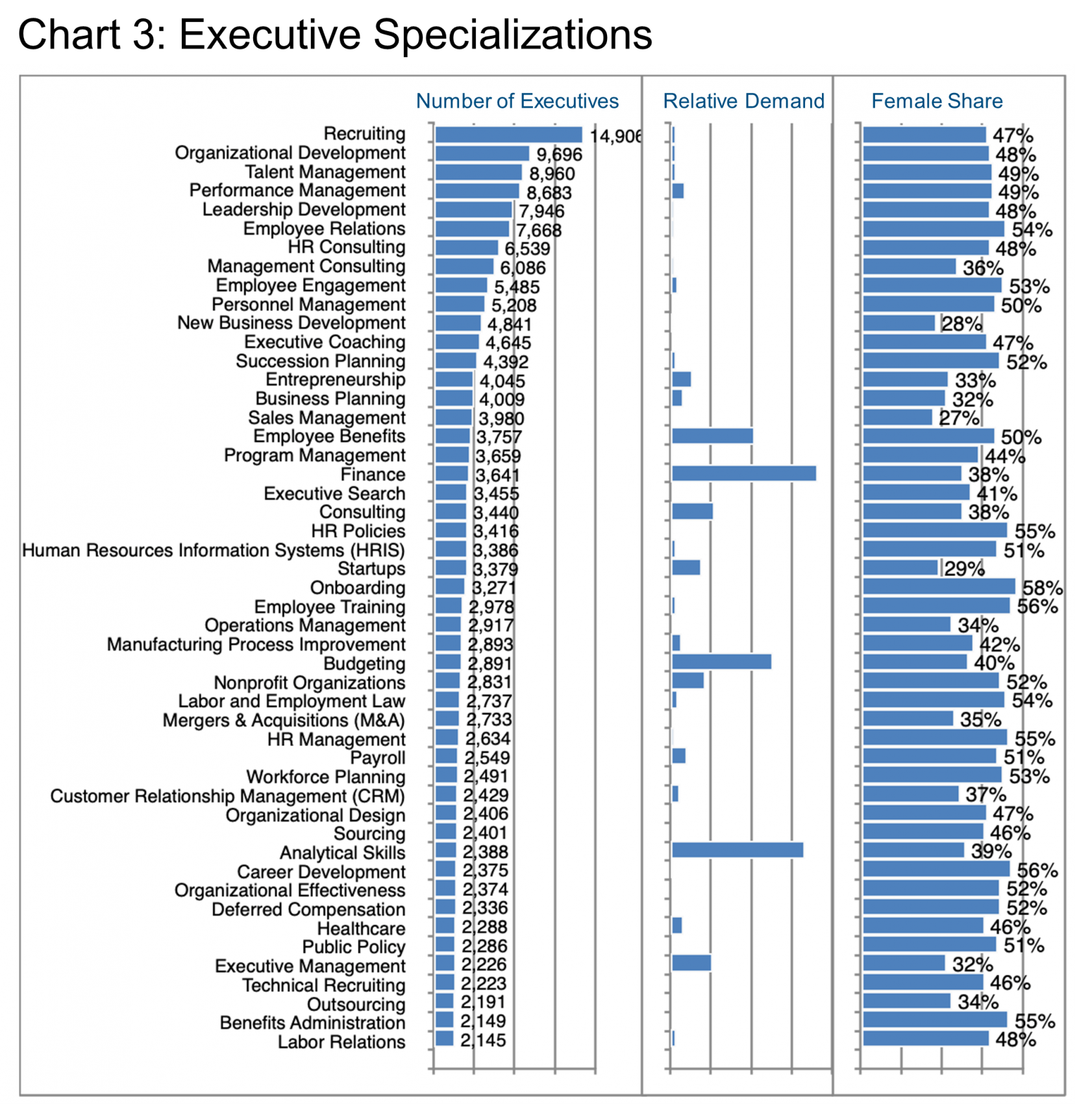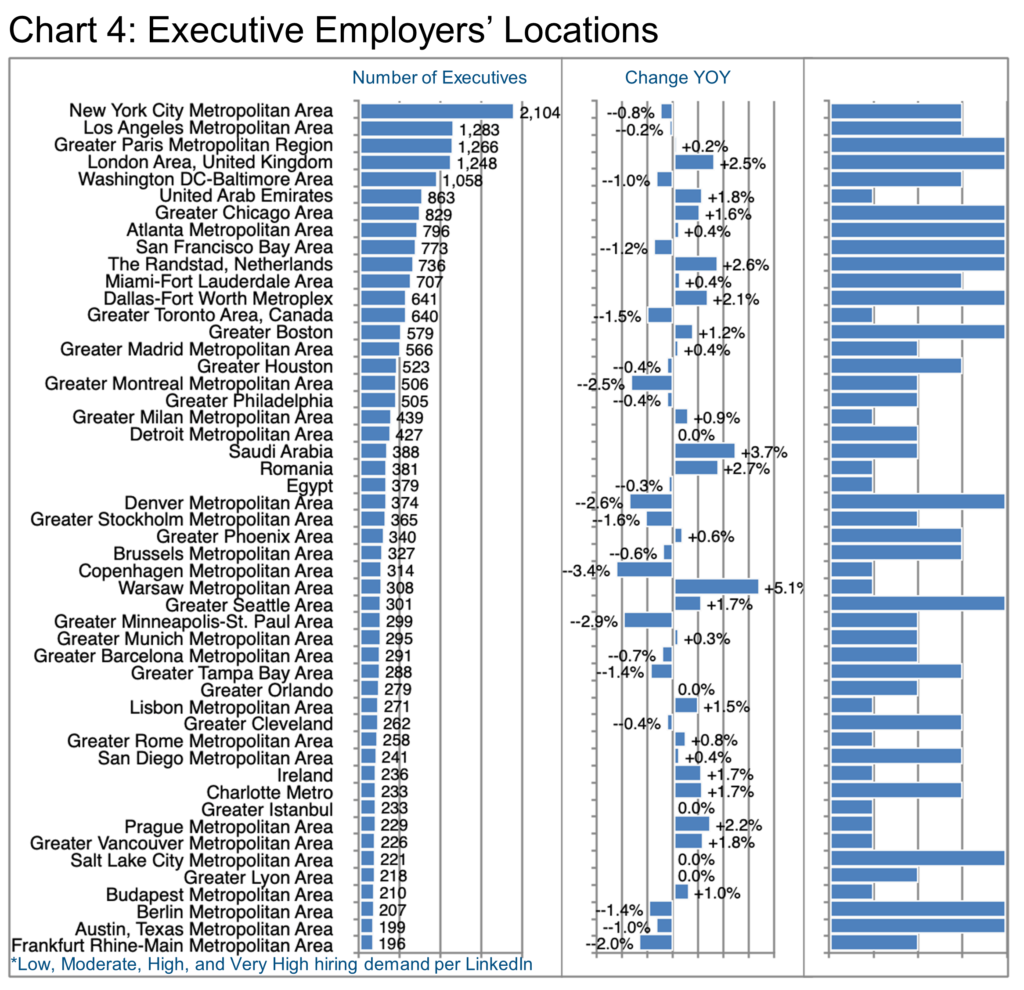
INDUSTRY UPDATE: Human Resources
Introduction – Human Resources
In researching this Industry Update, we encountered numerous assertions that now is the time for Human Resource executives and professionals to really shine.
One source put it like this:
“I’ve worked in the HR industry now for a quarter of a century, and by my estimation this is the most exciting – and the most challenging – time to be in the field. Since the turn of the decade, we’ve had a global pandemic, war and now a likely global recession. During this time, the chief human resources officer (CHRO) and the HR function have become as important to the organisation as the chief financial officer and the finance function were during the Global Financial Crisis.”
“When you add in other macro factors such as the fourth industrial revolution, the changing nature of jobs, the rise of hybrid work, the skills shortage, raised employee expectations, and the diversity agenda – all topics with people at the core – it’s easy to see why expectation levels on CHROs and the functions they lead are at an all-time high.” (See source.)
Several broad themes emerge when focusing on Human Resources (HR).
For one, the stature of HR responsibles in organizations has grown over the last few years, rooted no doubt in the complexity of fielding qualified staff in the face of all the economic and physical challenges we have had to work through lately, including the pandemic and hybrid working routines. HR Burnout also bubbles up (See source)–understandably given the myriad challenges.
Certainly values also come up a lot, whether as relevant to ESG or diversity initiatives, or in helping employees feel more valuable because organizations are visibly trying to address their needs in the form of flexible work schedules, compensation elements, education and development, or other means. In fact, in many ways, today’s employee simply has more leverage due to the relative scarcity of qualified talent, and this has led to a skills-based hiring tendency, as opposed to the historically degree-oriented criteria.
Automation and the prospect of working alongside an AI algorithm or indeed a “bot” as an augmented employee of course brings up a host of new and interesting challenges for HR professionals, who must nonetheless strive to humanize the employee’s working experience so as to keep the enterprise attractive in the employment market. (See source.) Related to this is a new-found emphasis on people skills as critical to achieving higher productivity and satisfaction for all involved.
So it is no wonder that reducing workplace stress and initiatives focused on supporting good mental health are also gaining traction among HR professionals. (See source.) This source expands on one example company that offers employees counseling, financial education, and promotes a change in eating habits—all to encourage individual well-being as part of the company culture.
Now let us turn our attention to the market for HR executives.
The Market for Executives
In the US, Canada, EU, UK and Middle East markets, LinkedIn lists almost 48,000 HR executives as we define them (see Editor’s Note), a group that has grown minimally—just 0.2% in the past year—and seen a relatively low churn of just 2.2%. At 40%, the female share of executives is extremely high compared to other industries. Approximately 24,100 of these executives are in the US and Canada, while 23,700 or so are in the EU, UK, and Middle East.

Chart 1 explores the industries employing HR executives according to LinkedIn. Renewables & the Environment, Information Services, Venture Capital & Private Equity, Financial Services, Environmental Services, and the Internet show the highest percentage growth as well as a very high hiring demand. Other industries, notably Telecommunications, Retail, Automotive, and Banking are showing the steepest declines—while still boasting overall high hiring demand, probably indicating supply constraints.
Individual & Family Services demonstrates the highest female executive share (54%) followed by Hospital & Health Care and Mental Health Care (52%), Health, Wellness & Fitness (51%) and Non-profit Organization Management (50%). A further cluster of industries gather around the 45-46% female executive mark, including Professional Training and Coaching, Higher Education, Civic & Social Organization, Government Administration, Apparel & Fashion, and Leisure Travel & Tourism.

Chart 2 shifts the focus to HR executives’ roles, with the majority listing either CEO or President as their title (57%). Female executives hold 40% of these two titles—lower than CHRO (65%), but still respectable in comparison to other industries.
The very high share of CEO and President titles indirectly supports the assertion that the HR role is becoming more important. Another source goes farther, suggesting multiple reasons why HR needs a C-level designation including promoting intelligent succession planning, restructuring performance models, engaging employees, improving bottom-line performance, and supporting cohesion in the C-suite. (See Source.) Whatever the reason, it does seem that HR is making progress in raising its business impact.

Chart 3 examines the specializations that HR executives list in their LinkedIn profiles. As usual some of these are highly transferable to other functions or industries such as Sales Management or Management Consulting. However, many are also solidly specific to HR, such as Recruiting, Talent Management, or Employee Relations.
“Relative Demand” in this context refers to the share of all want ads (according to LinkedIn) within this cohort. Finance and Analytical skills appear by this measure to be most in demand followed by Budgeting and Employee Benefits.
The high female executive shares in this area hardly surprise us, but there are interesting nuances for example, the relatively low female share within generic skill sets such as Sales Management and Business Development versus the high shares within HR specialties such as Onboarding, Employee Training, and Career Development. Overall, as the HR role becomes more elevated, this will likely provide female executives with a route to career advancement.

Chart 4 provides an overview of where employers are located and, as usual, New York comes out on top. One of the top employers of HR execs in that location is Segal who has this to say about their services: “We’re a privately-owned benefits, compensation and investment consulting firm with more than 1,000 professionals throughout the U.S. and Canada. Segal, Segal Marco Advisors and Segal Benz are all members of the Segal family.”
In Paris, Alexander Hughes holds that position and describes their services as follows: “Alexander Hughes is dedicated to advising companies in their talent management strategy from attracting key profiles to senior executive team appraisal.”
In London, it’s AMS: “We are a talent solutions business. Working with clients across the globe, we have learnt what it takes to build a high performing employer. It starts with talent; sourcing, selecting and keeping the right people in the right jobs.”
Barrett Group clients have access to extensive data resources to support their searches. Contact us for more information.
Peter Irish, CEO
The Barrett Group
Click here for a printable version of Industry Update – Human Resources 2023.
Editor’s Note:
In this particular Update “executives” will generally refer to the Vice President, Senior Vice President, Chief Operating Officer, Chief Financial Officer, Managing Director, Chief Executive Officer, Chief Human Resources Officer, Chief Marketing Officer, Chief Information Officer, Managing Partner, General Counsel, Head, and President titles. Unless otherwise noted, the data in this Update will largely come from LinkedIn and represents a snapshot of the market as it was at the time of the research.
Is LinkedIn truly representative? Here’s a little data: LinkedIn has more than 900 million users. (See source.) It is by far the largest and most robust business database in the world, now in its 20th year. LinkedIn defines the year-over-year change (YOY Change) as the change in the number of professionals divided by the count as of last year. “Attrition” is defined as the departures in the last 12 months divided by the average headcount over the last year.













